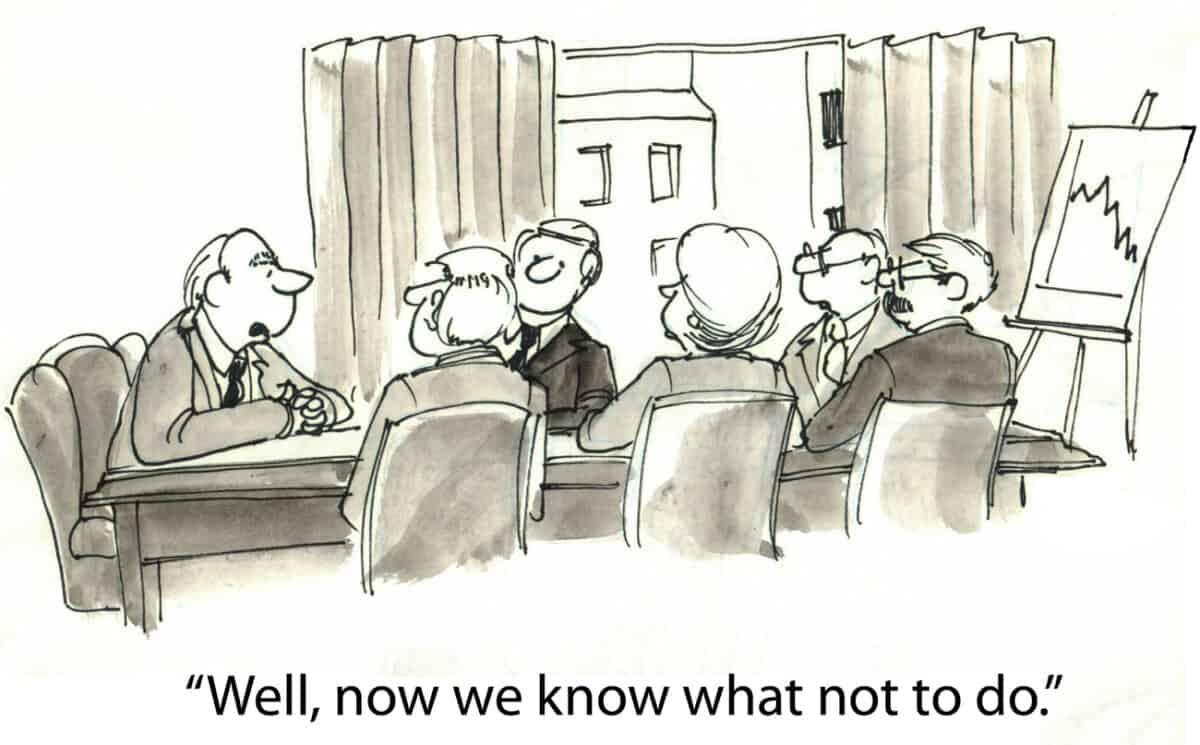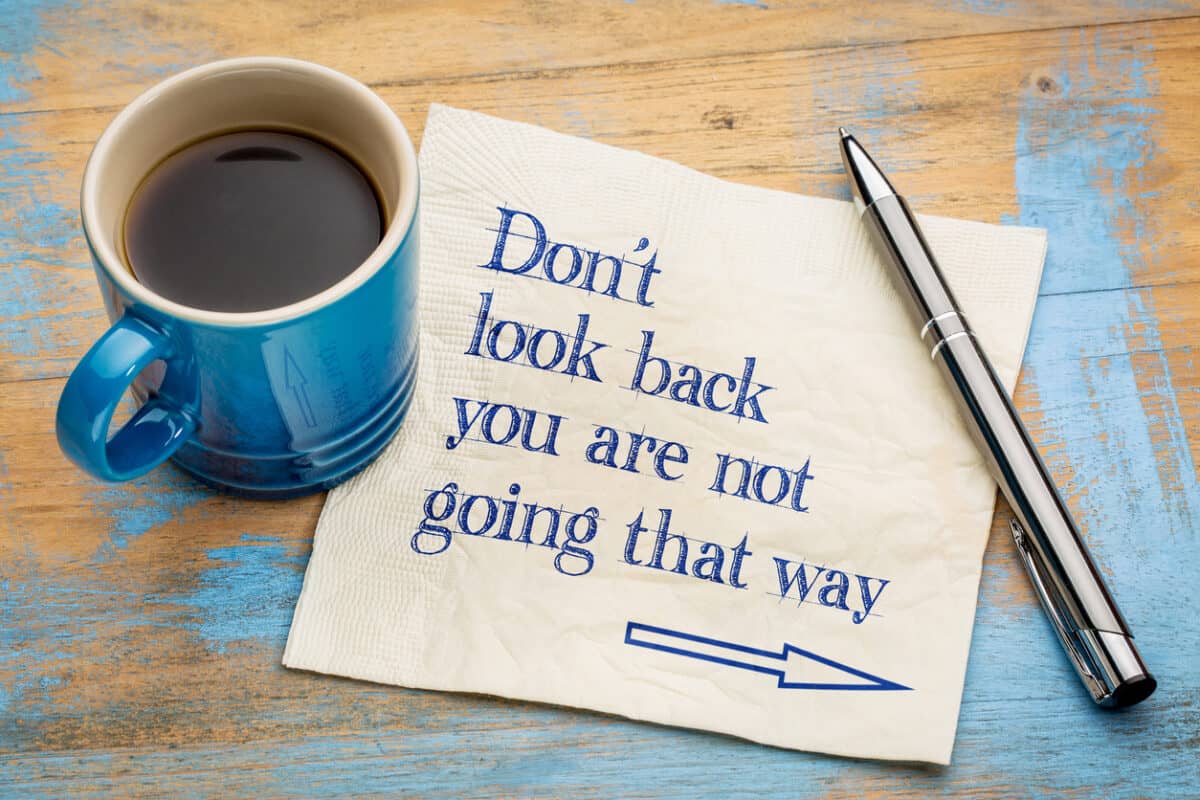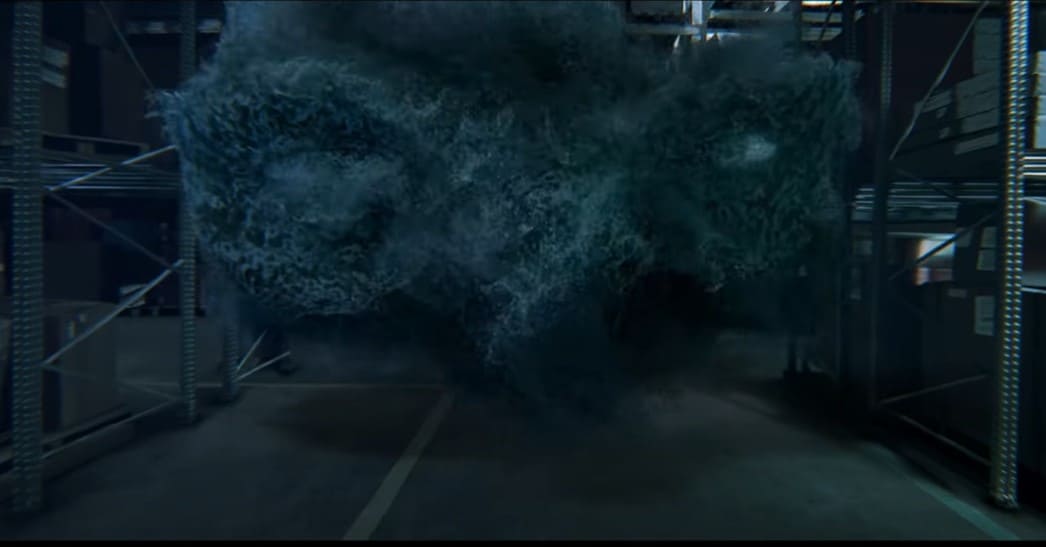In 2019, the head of SafeWork South Australia, Martyn Campbell, told this blog that he agreed that government departments should be exemplars in occupational health and safety and that “we should be the pinnacle of safety professionalism and leadership”. It should not be a surprise to hear the head of an OHS regulatory agency claim this, but the origin of the question to Campbell stemmed from a review of Victoria’s OHS Act by Chris Maxwell QC in 2004.
Given the recent OHS-related scandals in various jurisdictions, which have often been related to the management of the coronavirus pandemic, it is worth reminding ourselves of the OHS performance standards that Maxwell advocated for all government departments and agencies.







